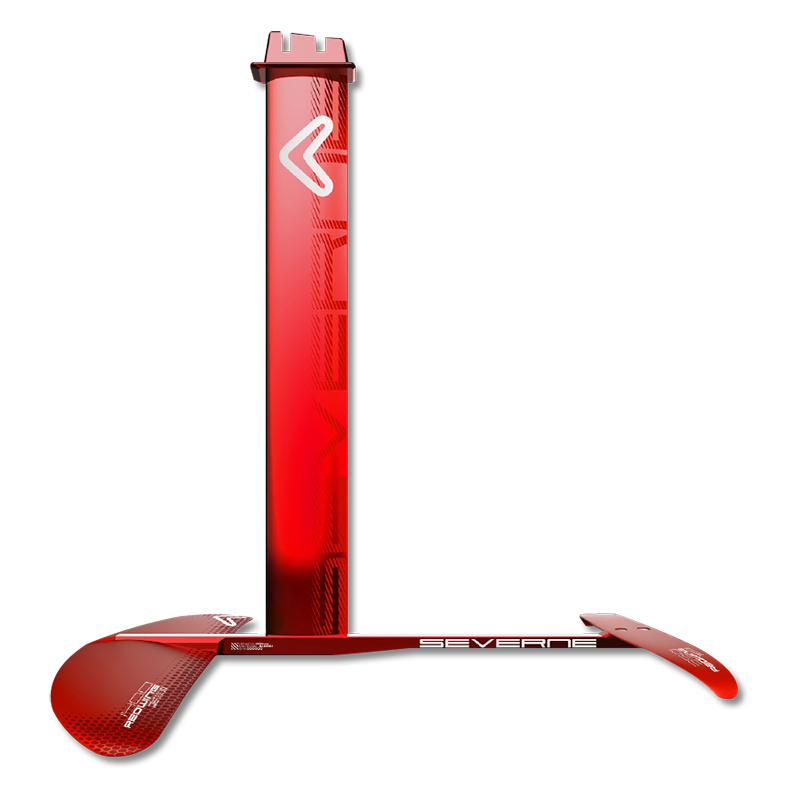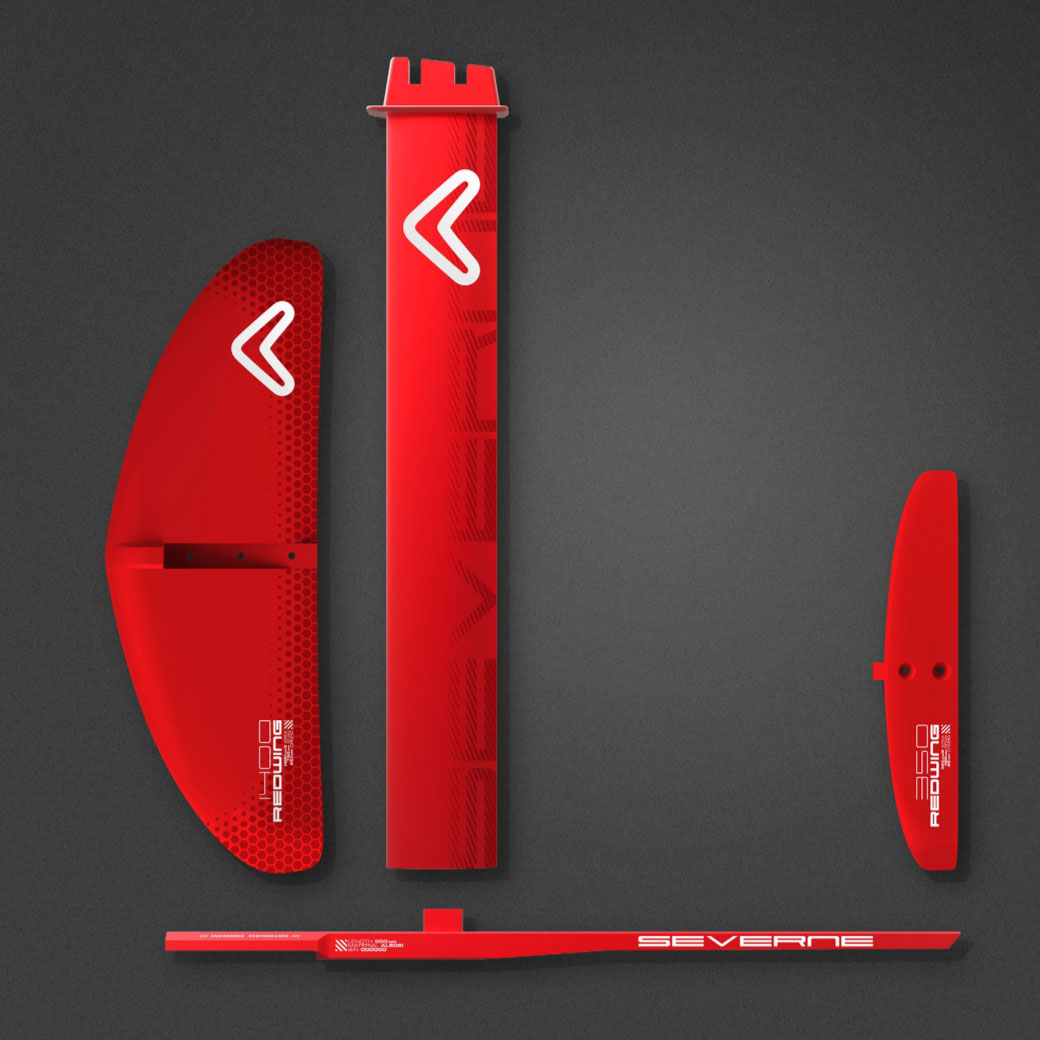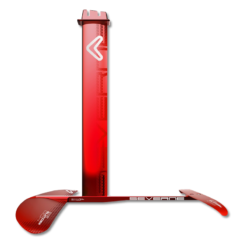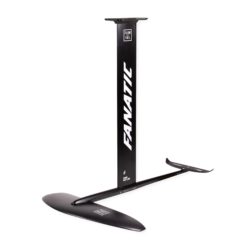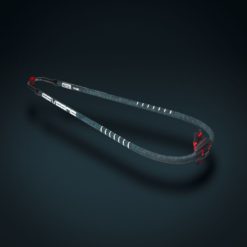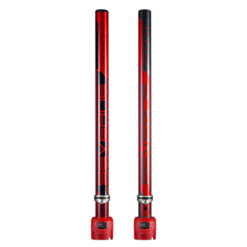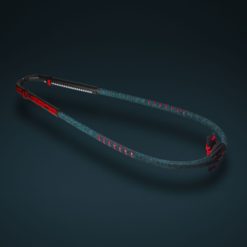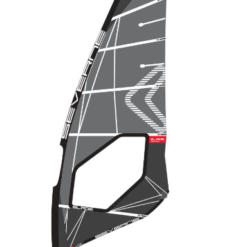Severne RedWing Hydrofoil
Simple setup
Rigging up has never been the most fun part of windsurfing. Adding a foil can increase the complexity, so we have focused on making it as easy as possible.
- Minimal bolts mean less to install.
- Only 2 different bolt types – short bolts for the wings, and long ones for the mast.
- A single tool required. The 5mm Hex Key was selected for it’s long-term reliability, the abundance of compatible tools (many sails use this size for batten tension), and easy replacement of bolts.
- Plug in connections between fuselage/mast and fuselage/front wing.
Rigidity
If you’re flying half a metre out of the water, you don’t want that front wing moving around underneath you. Rigidity is the key to holding the wings in a consistent position. Rigidity allows you to lock in and windsurf on the foil, rather than riding a bucking bronco.
- Mast geometry maximizes stiffness. 19mm thick x 145mm wide. Much stiffer both longitudinally and torsionally than most carbon masts.
- Spigot on fuselage locks into the mast section.
- Fuselage uses straight sections for directional stability, and to maximize the strength/weight ratios.
- 4x connection surfaces on the front wing connection reduces any movement.
Performance
Easy enough for your first flights, the Severne RedWing is fun enough to keep you foiling into gybes, 360’s and beyond. Cruise speed is set at 20knots for freeride foil performance.
- 1400cm/2 front wing has enough area to handle low speed maneuvers whilst still being fast enough for fun.
- The low-aspect front wing is 76cm wide, making it suited to narrower freeride foil boards 65-85cm.
- A longer 95cm fuselage increases pitch stability and enables less concentration on foil trim
Related products
WINDSURF
WINDSURF
WINDSURF
FANATIC FOILS
WINDSURF
WINDSURF
WINDSURF
FOILING
Mast Extensions
WINDSURF
WINDSURF

